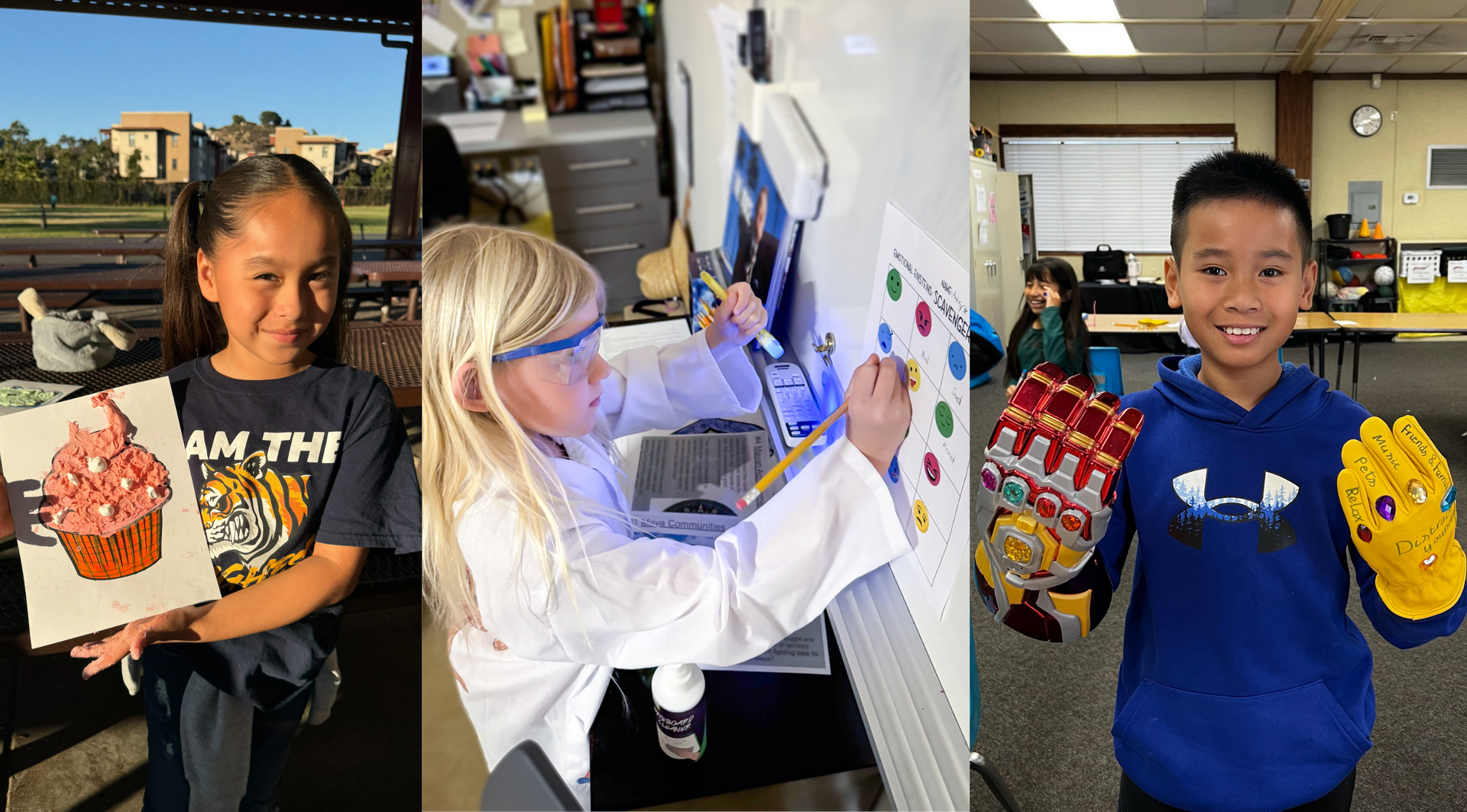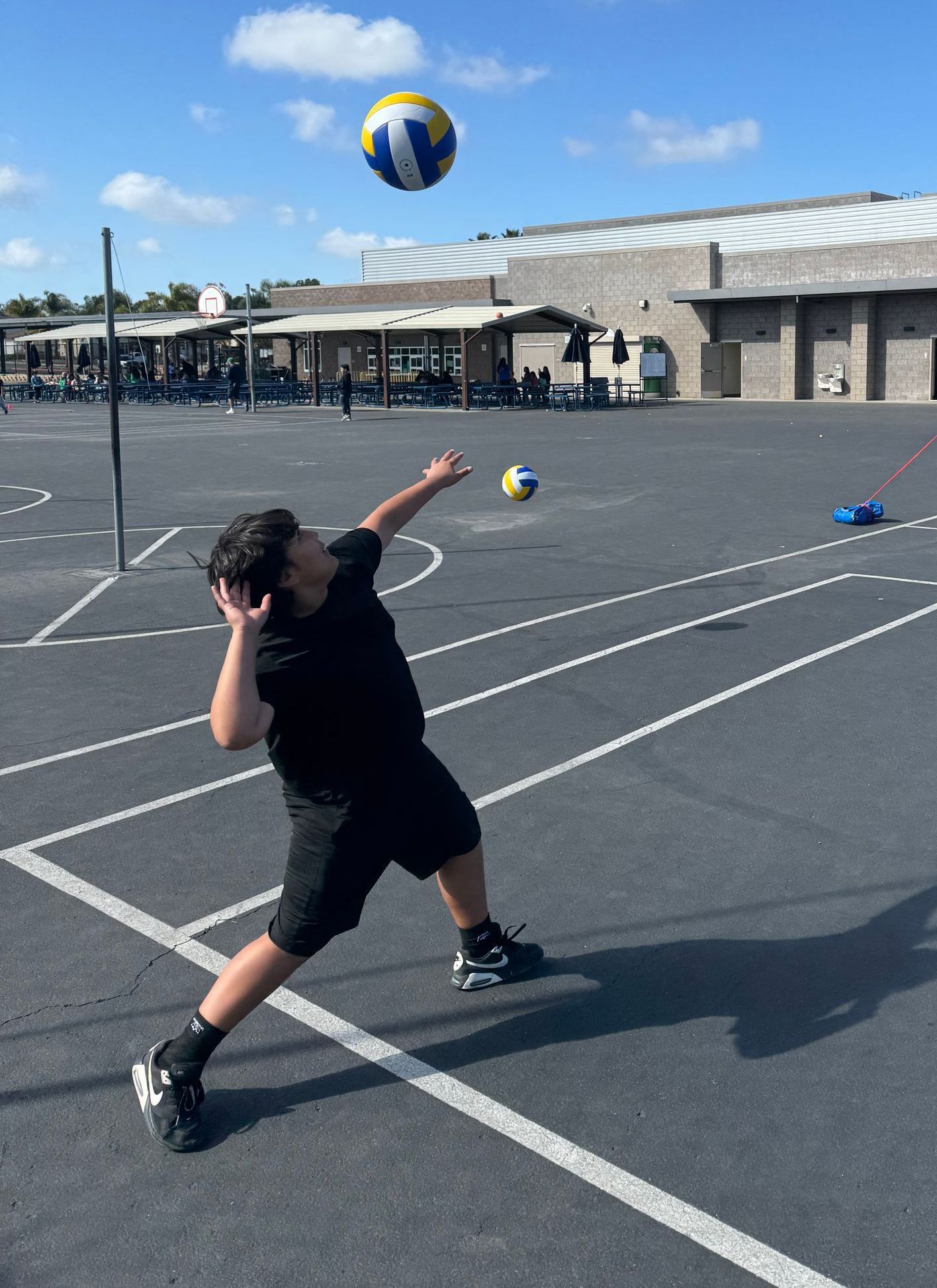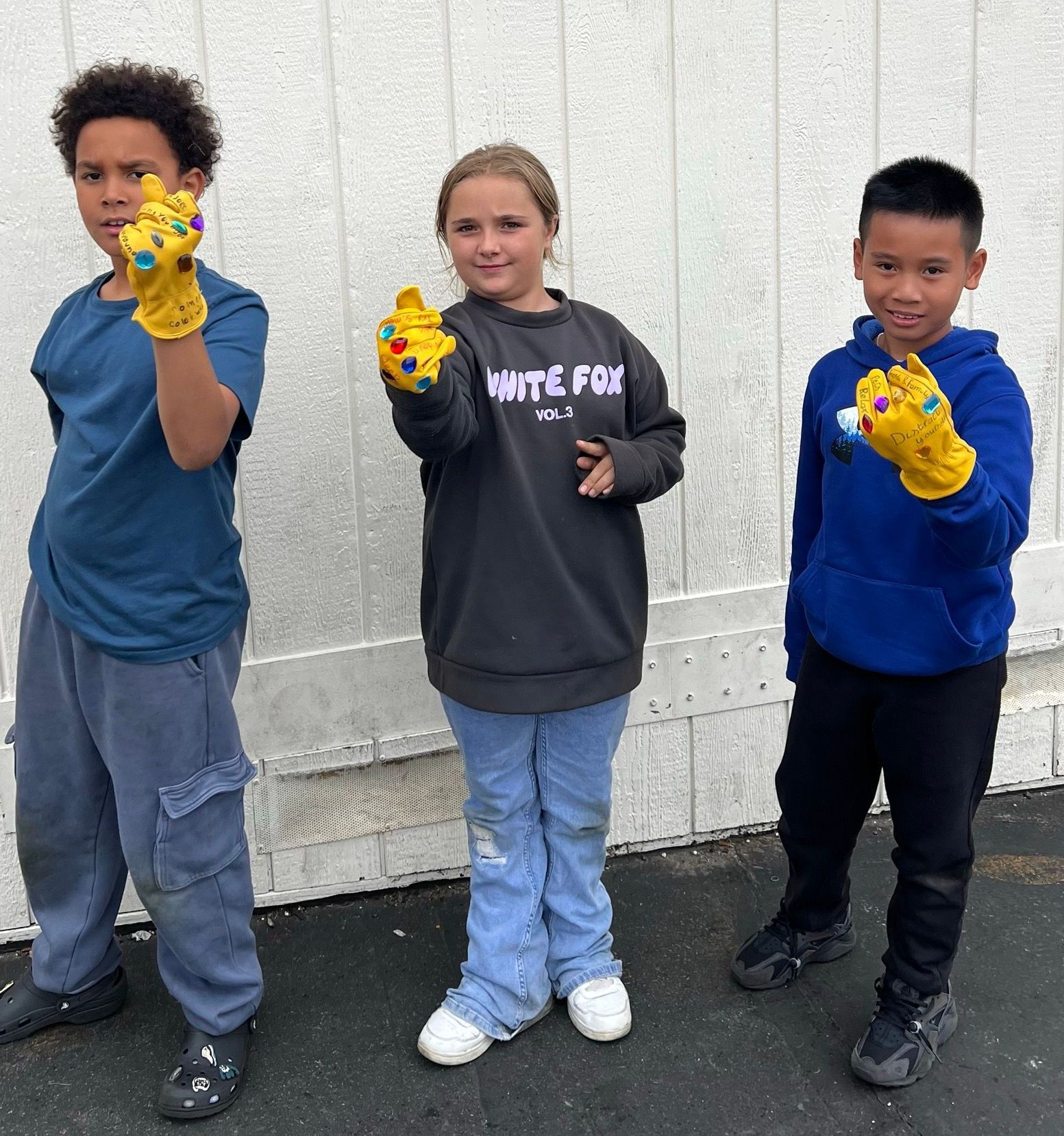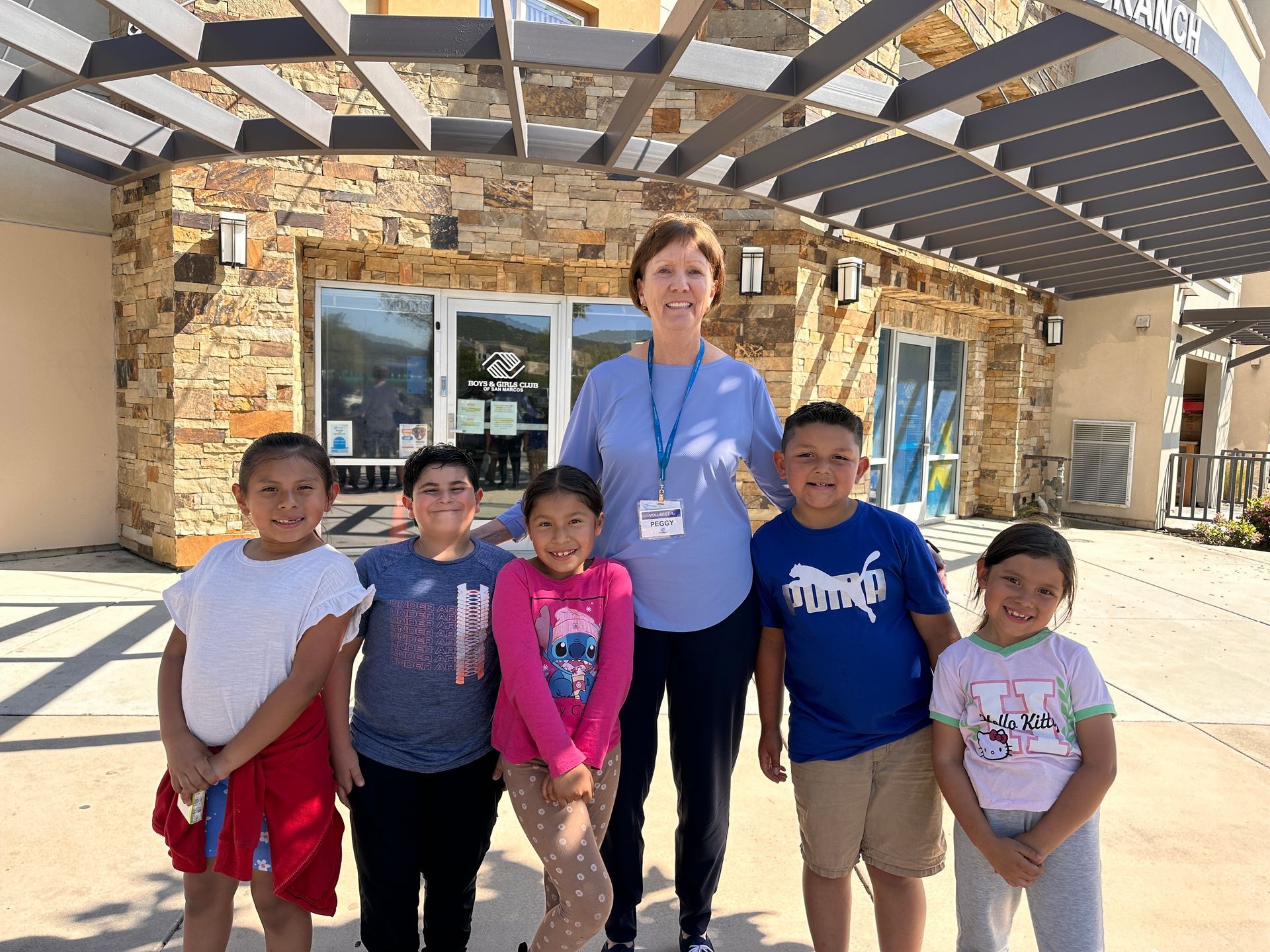“Just hit the ball as hard as you can. Pretend it’s Fruit Ninja.”
That’s what Mr. Alex, a Behavioral Support Specialist at the Boys & Girls Club of San Marcos (BGCSM), told a young Club member who was having a tough time managing his anger. Though hesitant at first, by the tenth swing, he was fully engaged, releasing the tension he had bottled up into his batting swings again and again without being prompted.
“I didn’t know I could express my anger in a different way,” he said to Mr. Alex, opening the door to a new path for managing his emotions.
This is just one example of the many creative and intentional approaches the Wellness Team at the Boys & Girls Club of San Marcos uses to support youth mental health.
“There are some kids who will close off if you ask them to talk about their feelings, so we have to find subtle ways to help them process those emotions,” said Mr. Alex.
But breakthroughs don’t happen overnight. They are the result of showing up consistently, patiently and without judgement. For Alex and his fellow Wellness Team members, consistency is key to building the kind of trust that helps our youth feel safe enough to express themselves and begin developing the tools they need to navigate their emotions in healthier ways.
Evolving to Meet Today’s Youth Mental Health Needs
In 2018, BGCSM became the first Boys & Girls Club in the region to integrate dedicated mental health support into its programming with the launch of the Wellness Program. What began as a small, responsive initiative to address the growing need for mental health services for youth has since expanded into a comprehensive, proactive support system embedded throughout the organization.
“These aren’t the kids we served 10 years ago,” said Wechsler, highlighting a rise in observed challenges related to attention and impulse control, difficulty with social interactions and symptoms of anxiety and depression among youth that have been on the rise over the last decade.
According to
a report published by the World Health Organization and UNICEF, in 2024, around one in seven children and adolescents aged 10 to 19 were affected by mental health conditions, with anxiety, depression and behavioral disorders among the most common.
To meet these evolving needs, the Wellness Team acknowledges that it can’t rely on traditional approaches alone. Addressing mental health with youth requires creativity, flexibility and a deep understanding of how to make these lessons both engaging and relatable.













